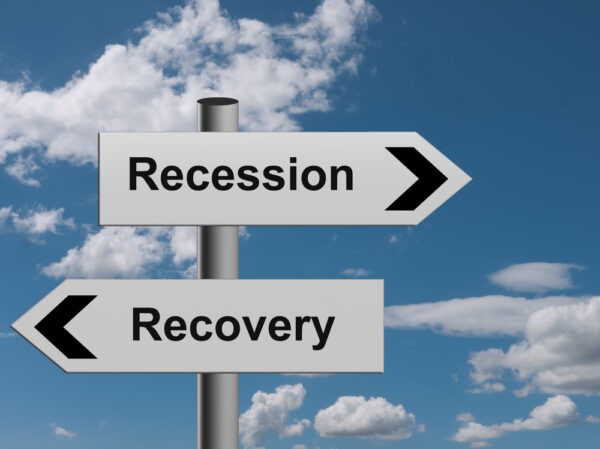2023: An Economic Soft Landing or Impending Recession?

As the year unfolds, 2023 is proving to be a pivotal juncture for economists worldwide. Full of significance, it stands poised to define the economic narrative for the rest of the decade ahead. Yet divergent opinions on whether it signifies a post-COVID soft landing or a foreboding recession have rendered this year a subject of intense debate. The culmination of the latter half of 2023 will undoubtedly dictate its legacy.
Navigating contrasting perspectives
The Federal Reserve’s objective is a soft landing — an economic growth slowdown that steers clear of a recession. But the landscape is rife with variables that could tip the scales toward a recession. These factors include the ongoing Ukraine conflict, surging interest rates, and supply chain disruptions.
Economists’ stances span a spectrum, with some asserting the economy is already ensnared in a recession, while others insist a recession’s grasp is evadable. The National Association for Business Economics (NABE) surveyed its members in March, revealing a division in opinions: 5% assert the economy is already mired in a recession, and 24% foresee a recession manifesting in the third quarter of 2023. Another 33% believe a recession will come in 2024.

A delicate balancing act
The Federal Reserve vigilantly monitors the U.S. economy, adjusting monetary policies based on current events and evolving financial considerations. Yet using interest rates to avert a recession is a delicate process. A major interest rate hike could trigger a recession, while a timid approach might stoke inflation.
The impending months loom as a crossroads for the economy. Should a recession be sidestepped in 2023, it would resonate as a noteworthy accomplishment for the Federal Reserve, which has been aggressively raising rates to combat inflation.
Key factors for economic trajectory
Several variables are shaping the course of 2023, swaying it toward an economic soft landing or recession:
- Economic growth pace: The trajectory of economic growth will ultimately determine how 2023 shakes out. A moderate growth rate mitigates recession risks, whereas exorbitant growth might instigate inflation, prompting the Fed to adopt a more hardline stance on interest rates.
- War in Ukraine: The conflict in Ukraine comes with many economic challenges, including energy price hikes and supply chain disruptions. These problems could stifle economic growth and foster recessionary trends.
- Interest rate hikes: The Federal Reserve’s quest to counter inflation drives interest rate hikes. But continued rate hikes might inadvertently bring a recession into reality if monetary policy becomes too firm.
- Supply chain disruptions: Lingering reverberations of the COVID-19 pandemic have impeded supply chains, obstructing procurement of essential goods and services. These disruptions could cast a shadow on economic growth, amplifying recession risks.

An uncertain crossroads
In 2023, the prospects of an economic soft landing or a recession remain uncertain. The Federal Reserve hopes to orchestrate a graceful economic slowdown, even amid economic and geopolitical situations. Vigilance and observance will define the months ahead, as the world watches how the economy responds — with far-reaching consequences for years to come.
